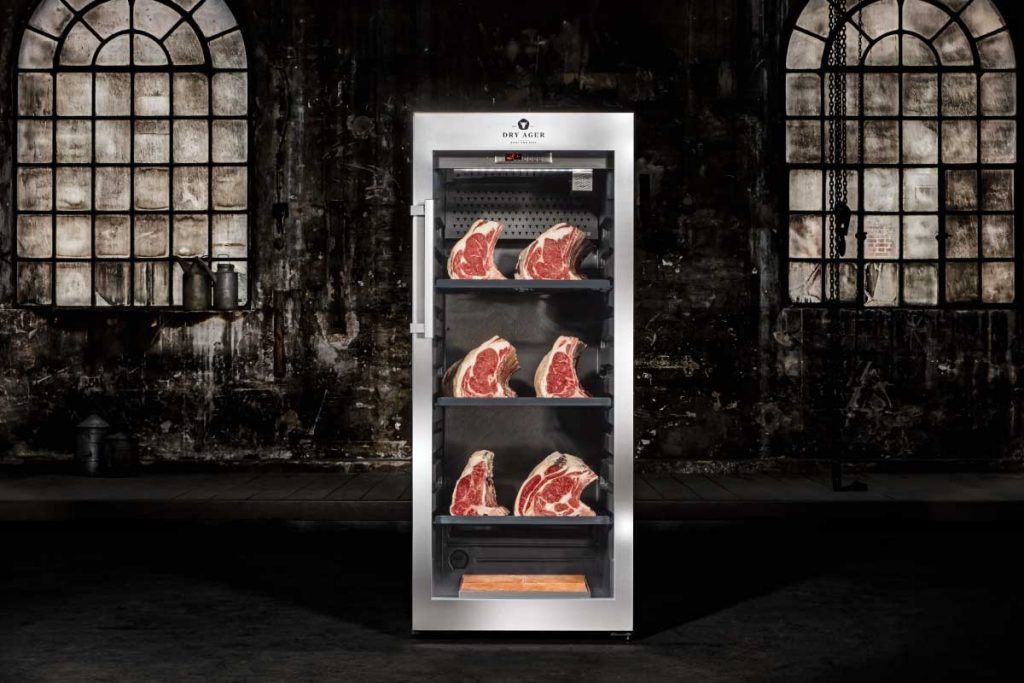A kilogram of fresh Australian beef costs about $8.58, while a kilogram of well-aged dry-aged sirloin costs $72.82. The price difference is significant, but the profit difference is even bigger. “Why is there such a big difference?” you might ask. The answer is in the dry-aging process. Commercial dry aging cabinets aren’t cheap, so before shopping for commercial food preparation equipment, here are three essential things to consider. Depending on which dry aging cabinet you choose, you could make $8 or $70, so make sure you choose wisely. Let us see the tips to buy the best dry age cabinet.
What Does Dry Aging Mean?
Dry-aging beef is a traditional method for improving its taste and juiciness. As disgusting as it may seem, aging beef is just a method of breaking down the flesh in a regulated manner so that it does not grow rotten. Dry aging is storing an unwrapped, wholesale cut of prime beef in a cold cabinet for an extended period while carefully monitoring the temperature, relative humidity, and ventilation. This enhances the taste and tenderness of the meat.
Temperature Regulation in the Dry Aging Cabinet
Temperature is a critical component in commercial meat preparation for dry-aging beef. Researchers discovered that the ideal temperature range for dry-aging beef is between 4°C and 0°C. It’s vital to keep an eye on the temperature during dry aging. The enzymes that help food age will operate effectively and enhance the taste if the storage temperature is too high. However, suppose the temperature is too high. In that case, germs will develop more quickly, causing the end product to smell foul and causing additional waste.
Flow of Air
Temperature and humidity are critical factors in dry aging cabinet. However, these are not the only considerations. The essential element is the movement of air. There must be a good flow of air, so there are no dead patches or areas where the wind is strong. The air must be maintained at the same level during the dry-aging process. A well-made refrigeration unit, such as the ones we offer, can regulate airflow.
Humidity
The humidity of the air is another important aspect of a dry aging cabinet. Too much moisture may encourage the growth of germs, resulting in unpleasant odors and tastes. If the humidity is too low, germs cannot thrive, but the meat dries out too quickly, leaving a premium dry-aged steak less juicy than desired. In any case, the dry-aging cabinet will guarantee that your meat is fully cured.
In Conclusion
Overall, we know what creates the greatest dry-aged beef, but maintaining those standards is a different challenge. Commercial food preparation equipment of the highest quality is required for temperatures ranging from 0°C to 4°C, relative humidity ranging from 75 to 80%, and airflow ranging from 0.5 to 2 m/s. Using one of our dry aging cabinets is a method to reach your aim and manufacture flawlessly aged dry beef since nothing less will suffice.

